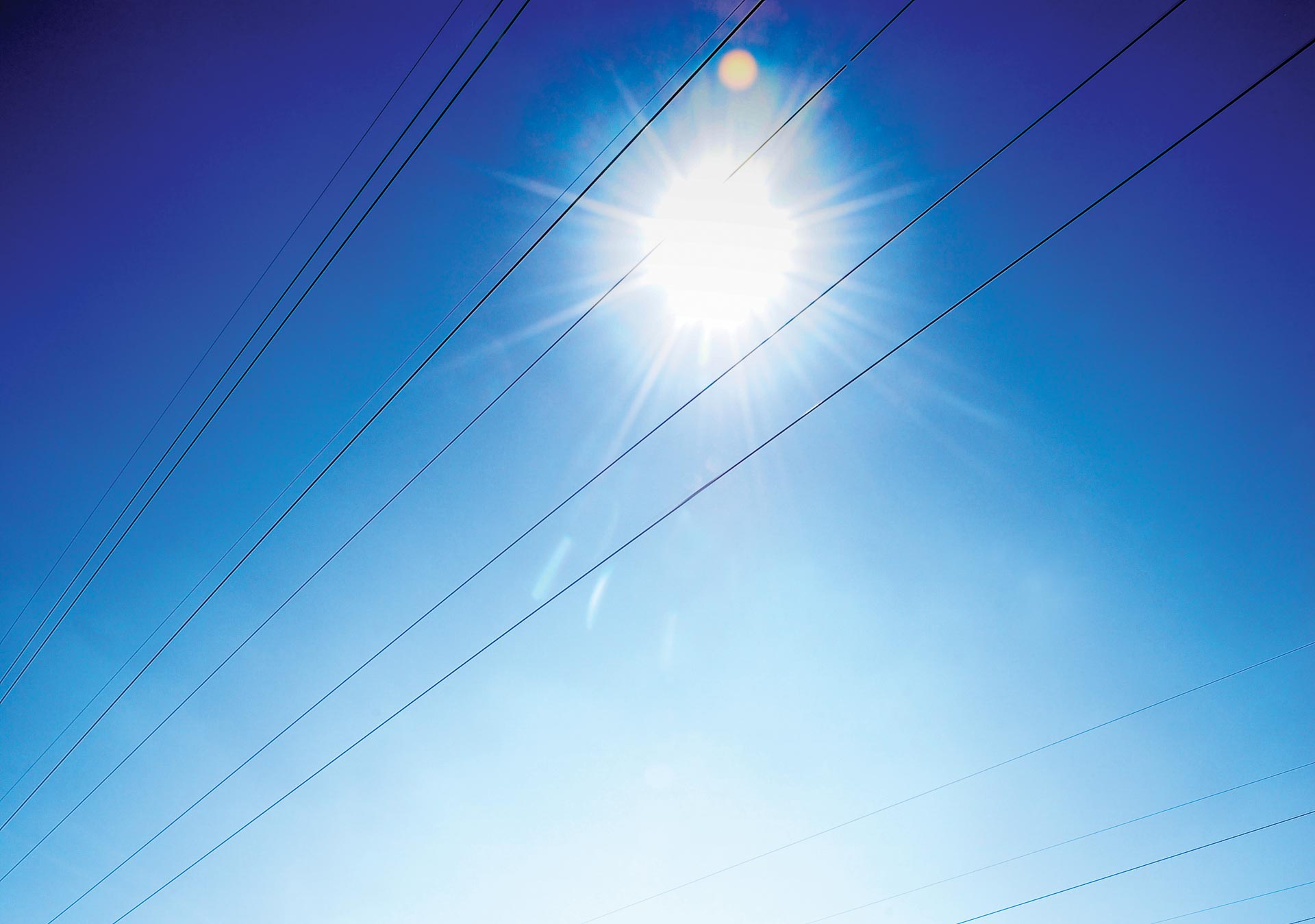Blog Post: Our Energy Grid Is Better Than Before the 2003 Blackout, but We Must Do More
August 29, 2023 | ITC Holdings

Twenty years ago this month, the Northeast was rocked by a massive blackout that left 50 million people without power for days in the largest blackout in North American history.
The power failure began when a tree branch came in contact with a transmission wire in Ohio. What should have been a manageable, local line outage instead cascaded into a total collapse of the grid, disrupting millions of businesses and everyday life across a portion of the U.S. and Canada. The blackout stunned the nation and illustrated how vulnerable our nation’s energy security can be when we fail to adequately invest in the infrastructure that powers every facet of American society.
It was a costly wake up call to America that crystallized the dire need for our country to invest considerably in our transmission infrastructure to improve reliability and strengthen the resiliency of our grid. Transmission lines transport electricity over long distances from where it is generated to where it is needed. Our grid is a highly interconnected network of high-voltage lines that moves power within states, across state lines and over international borders.
Since 2003, regulators and energy providers have put several safeguards in place. They include:
- new mandatory and enforceable national reliability standards,
- improved coordination between regions, and
- requirements for system restoration plans with annual drills to practice the procedures.
While those safeguards helped strengthen America’s grid, we have only scratched the surface in making the investments in transmission that will be necessary to keep pace with future energy needs, which continue to evolve and require investment to maintain and improve reliability. While ITC has made significant investments in our transmission grid over the past 20 years, we are only as strong as our weakest link.
Extreme weather is happening more often, hitting harder and creating more damage. In 2020, Iowa experienced a devastating derecho – or straight-line windstorm – causing widespread power outages. It was the equivalent of a 40-mile-wide tornado steamrolling across 200 miles of the state. Since then, Iowa has experienced two additional derechos that have caused damage to electric infrastructure.
These storms, along with the recent extended heat waves across much of the U.S., demonstrate the importance of a resilient and reliable grid. At the same time, the demand on our infrastructure is increasing because of everything from electric cars to appliances as we strive to reach state and national clean energy goals.
The ability to effectively and efficiently make needed investments in our transmission grid will determine whether our nation can achieve critical economic, security and energy goals. Policymakers, utilities and stakeholders must act with urgency to promote these investments.
Transmission is the critical link to achieving these goals, but our current grid needs to be continuously updated to support everything we are asking of it; some estimates suggest we need to double our historic rate of transmission deployment to make the vision a reality. The good news is the engagement and momentum from federal and state policymakers interested in transmission is higher than it’s ever been.
We have a real opportunity as a nation to lay the foundation for future success for our country. Regional transmission organizations, which coordinate and monitor electric grids, are using an interregional, long-range transmission planning approach to address the trends we know are taking place, such as the interconnection of vast renewable resources, increasing demand from electrification, and the anticipated impacts of achieving a carbon-neutral economy.
However, more needs to be done. The health of our nation’s economy depends on reliable and affordable access to electricity. Building additional transmission capacity can take up to a decade. This pace is nowhere near fast enough to meet escalating clean energy targets.
To promote investment, policymakers should establish robust interregional transmission planning standards that drive reliability and resilience across regions, particularly during severe weather. They also need to focus on streamlining permitting approval processes at the state and federal levels.
We’ve come a long way as a nation since those startling, dark days in 2003 due to improved cooperation between government and industry and because of a need to invest in a more reliable grid. But we must collectively continue to invest in improvements if we are going to keep up with the impacts of extreme weather events, climate goals and consumer demands on our electrical grid.
Linda Apsey is president and CEO of ITC Holdings Corp., the largest independent electricity transmission company in the United States, and is responsible for the strategic vision and overall business operation of ITC and its subsidiaries.

